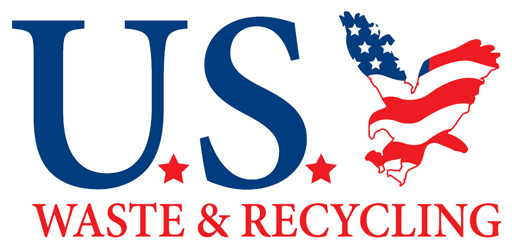Classifying Types of Paper for Recycling
When you implement a recycling program for your home or commercial office, chances are that you will be recycling a significant amount of paper products. Designated recycling bins will help you separate paper goods from other recyclables, such as plastics or metals. If you are planning to recycle near Atlanta, it is a terrific idea to gather information about various types of paper products and how they can be recycled. To help you gear up for your new waste management plan, read on for an overview of the different classifications for paper and cardboard recycling.
OCC
The term OCC stands for Old Corrugated Containers, and corrugated cardboard is among the most commonly recycled paper products. You can identify whether you are recycling OCC by looking at its material composition. Typically, OCC is distinguished by its ridged surface, which is housed between two flat pieces of cardboard. OCC can be recycled and transformed into a variety of other materials, including postal boxes, paper bags, and more.
ONP
When you have old issues of the newspaper on hand, you will need to figure out how to recycle your ONP, or Old Newspaper. A newspaper is only classified as ONP after it has been distributed to a home or business client for review. When ONP is recycled, it can be transformed into many different types of useful products, including paperboard, tissue, and art paper. In order to process ONP, your recycling center may need to send this material to a special paper mill.
High-Grade Deinked Paper
Business offices and other commercial settings often create large quantities of high-grade paper waste. Some examples of high-grade paper include letterhead, stationary, and business documents. Before high-grade paper can be transformed into new products, it must be sent through a deinking procedure. Removing the ink allows the recycler to process the paper, without having to deal with color inconsistences or variations.
